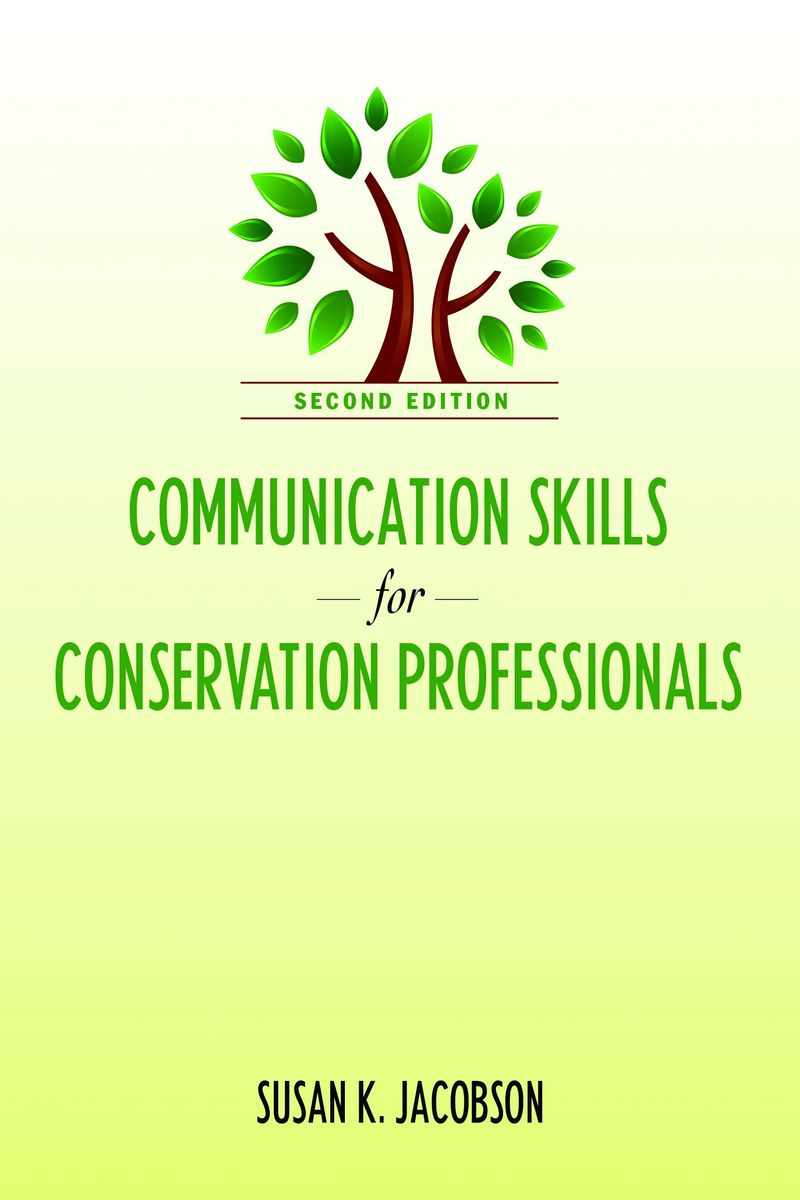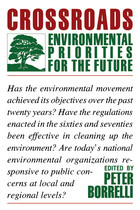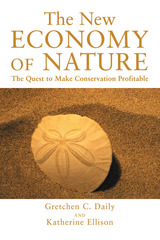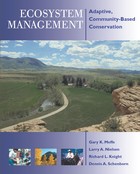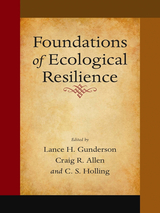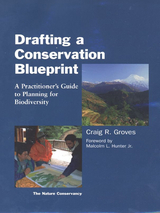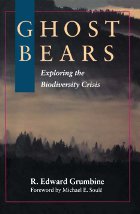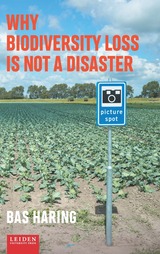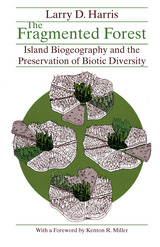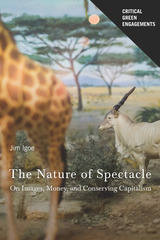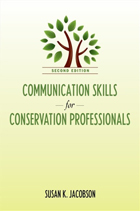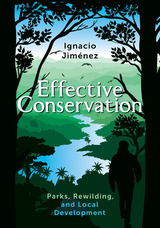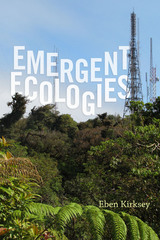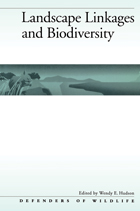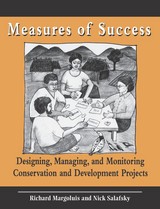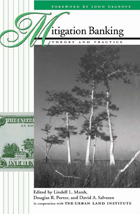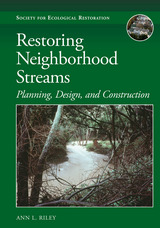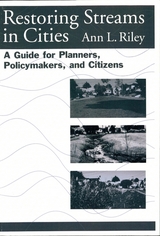Communication Skills for Conservation Professionals
Island Press, 2009
eISBN: 978-1-59726-943-8 | Cloth: 978-1-59726-389-4 | Paper: 978-1-59726-390-0
Library of Congress Classification QH75.J335 2009
Dewey Decimal Classification 333.72014
eISBN: 978-1-59726-943-8 | Cloth: 978-1-59726-389-4 | Paper: 978-1-59726-390-0
Library of Congress Classification QH75.J335 2009
Dewey Decimal Classification 333.72014
ABOUT THIS BOOK | AUTHOR BIOGRAPHY | REVIEWS | TOC | REQUEST ACCESSIBLE FILE
ABOUT THIS BOOK
Whether you are managing wetlands, protecting endangered species, or restoring ecosystems, you need to be able to communicate effectively in order to solve conservation and resource management problems. Communication Skills for Conservation Professionals can help you do just that—it is a practical and inspiring book that provides user-friendly guidance on achieving conservation goals through effective communication.
Following introductory chapters that draw on research from communication, psychology, sociology, and education to highlight elements critical for effective communication, the book describes how to gather background information and target audiences, explains how public relations can influence attitudes and behaviors, and outlines how to design and conduct a communications campaign. In addition, it provides step-by-step guidance for using print, broadcast, and electronic mass media; demonstrates methods for developing public talks, interpretive brochures, exhibits, and trails; and explores long-term conservation education strategies for students and adults.
This second edition of a widely praised book, originally published in 1999, includes new material on working with stakeholders, volunteers, and other groups to multiply conservation success. It also expands on the use of electronic media with examples of conservation Web pages, blogs, e-newsletters, and other new media. The book’s citations have been updated to include a host of Web sites and other electronic sources useful for planning and implementing communication programs.
Communication Skills for Conservation Professionals is a valuable addition to the conservationist’s toolbox that will help scientists, managers, concerned citizens, and students communicate more effectively.
See other books on: Career Development | Communication in nature conservation | Communication Skills for Conservation Professionals | Counseling | Jacobson, Susan Kay
See other titles from Island Press
